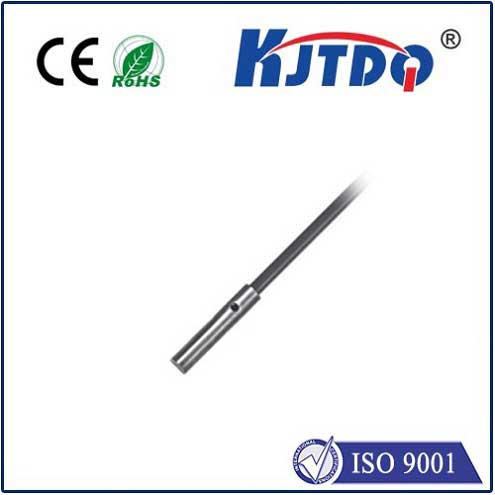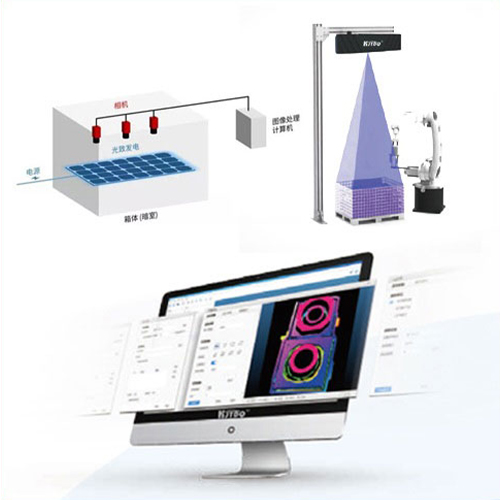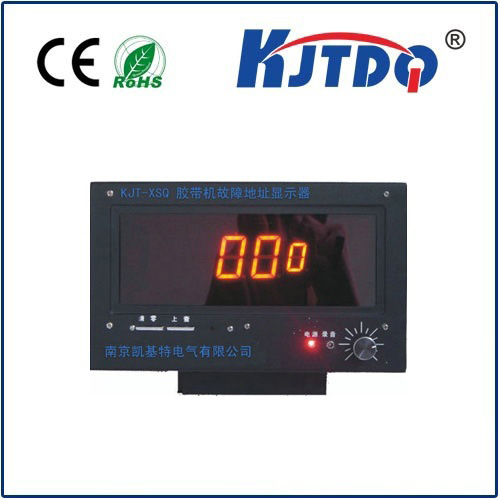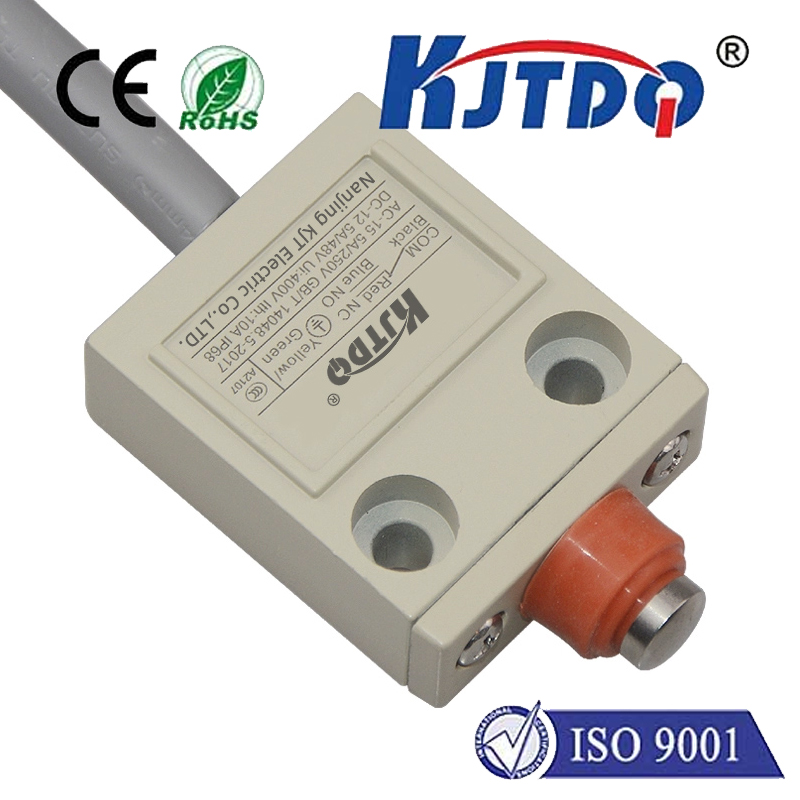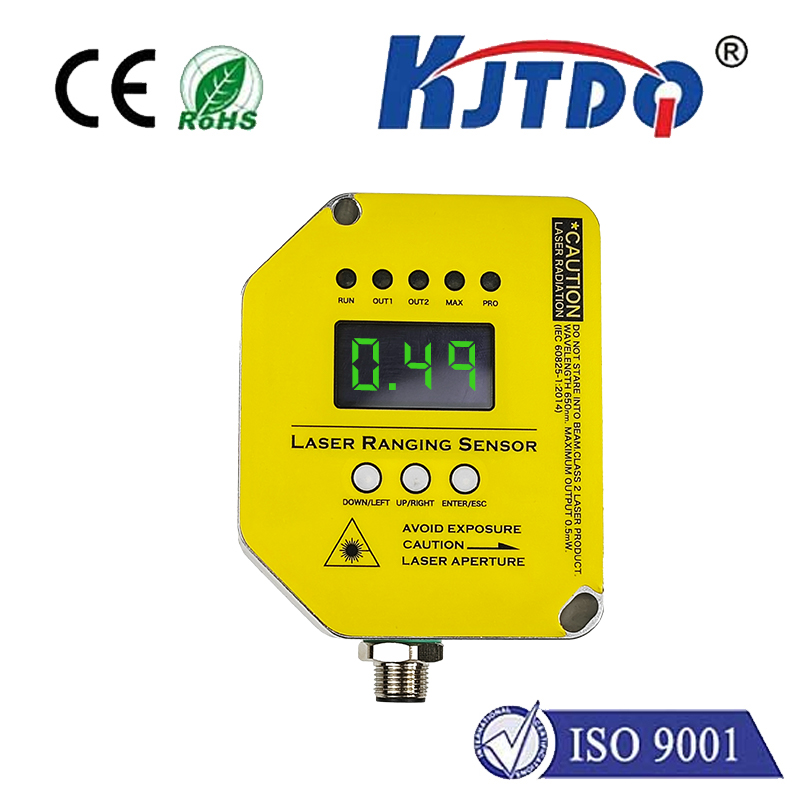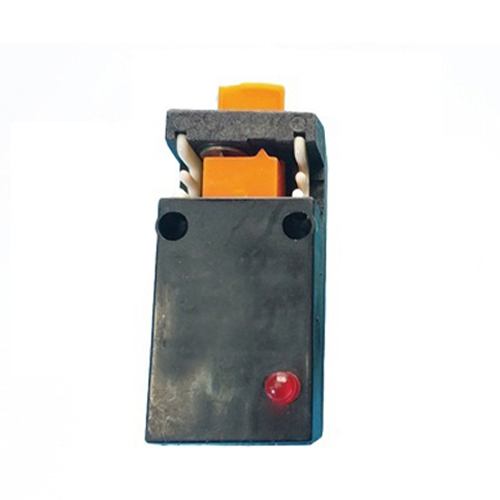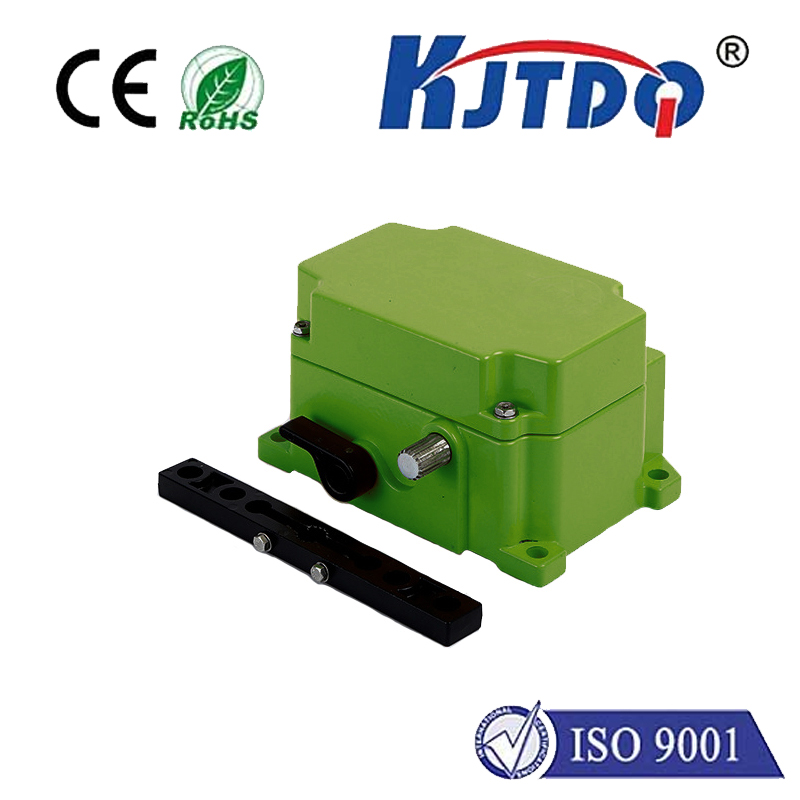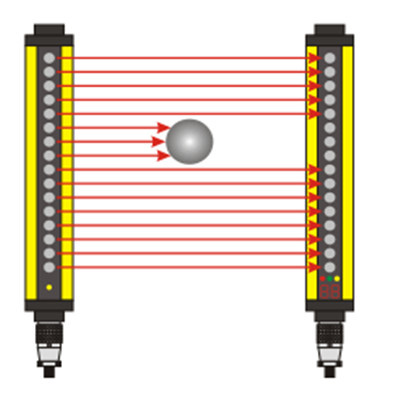

check

check

check

check

check

check

check

check

check

check
Introduction:
Proximity sensors are becoming increasingly popular in various industries due to their ability to detect the presence of an object or person from a specific distance. These sensors have a wide range of applications, including security systems, automated machinery, and medical devices. However, one of the key advantages of proximity sensors is their non-metallic design, making them ideal for use in environments that involve sensitive metals or other hazardous materials. In this article, we will explore the concept of proximity sensors and their application in non-metal environments, highlighting their precision and accuracy in handling different types of objects.
Section 1: The Working Principles of Proximity Sensors
Proximity sensors operate by emitting a radio-frequency signal, which travels through the air and reflects off the surface of an object. When the object comes into contact with the sensor, it interrupts the signal, causing a change in the sensor's electrical output. This change is then detected by the sensor's microcontroller, which converts it into a digital signal that can be used to determine the distance between the object and the sensor.
Section 2: The Advantages of Using Proximity Sensors in Non-Metal Environments
One of the primary advantages of using proximity sensors in non-metallic environments is their ability to detect objects without interfering with metal components. This makes them an ideal choice for applications where metal contamination could cause damage to equipment or compromise security measures. Additionally, proximity sensors often have higher resolution than traditional sensors, allowing for more accurate measurements of distance and location.
Section 3: Applications of Proximity Sensors in Non-Metal Environments
There are numerous applications where proximity sensors can be used in non-metallic environments. For example, they can be used to monitor the movement of people within a confined space, such as a factory floor or a warehouse. They can also be incorporated into security systems, such as access control doors or surveillance cameras, to deter theft or unauthorized entry. In addition, proximity sensors can be used in healthcare settings to monitor patient vital signs or track the movement of patients during rehabilitation exercises.
Conclusion:
In conclusion, proximity sensors offer several advantages over traditional sensors, including their non-metallic design and improved accuracy. By utilizing these sensors in non-metallic environments, businesses and organizations can ensure the safety and security of their operations while also improving efficiency and productivity. As technology continues to advance, it is likely that we will see even more innovative applications for proximity sensors in various industries.
